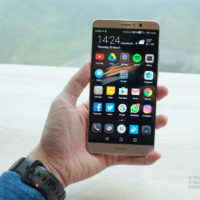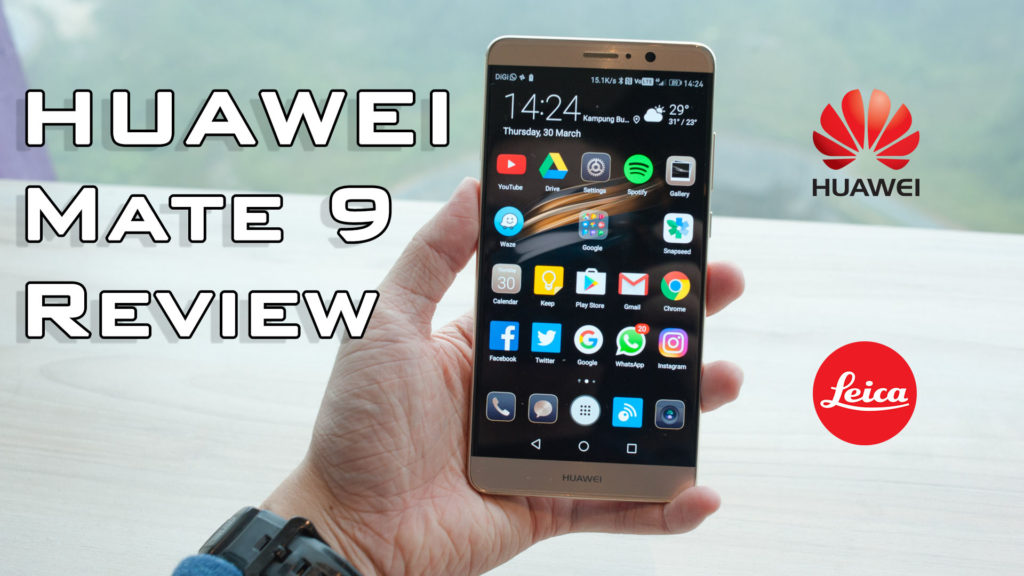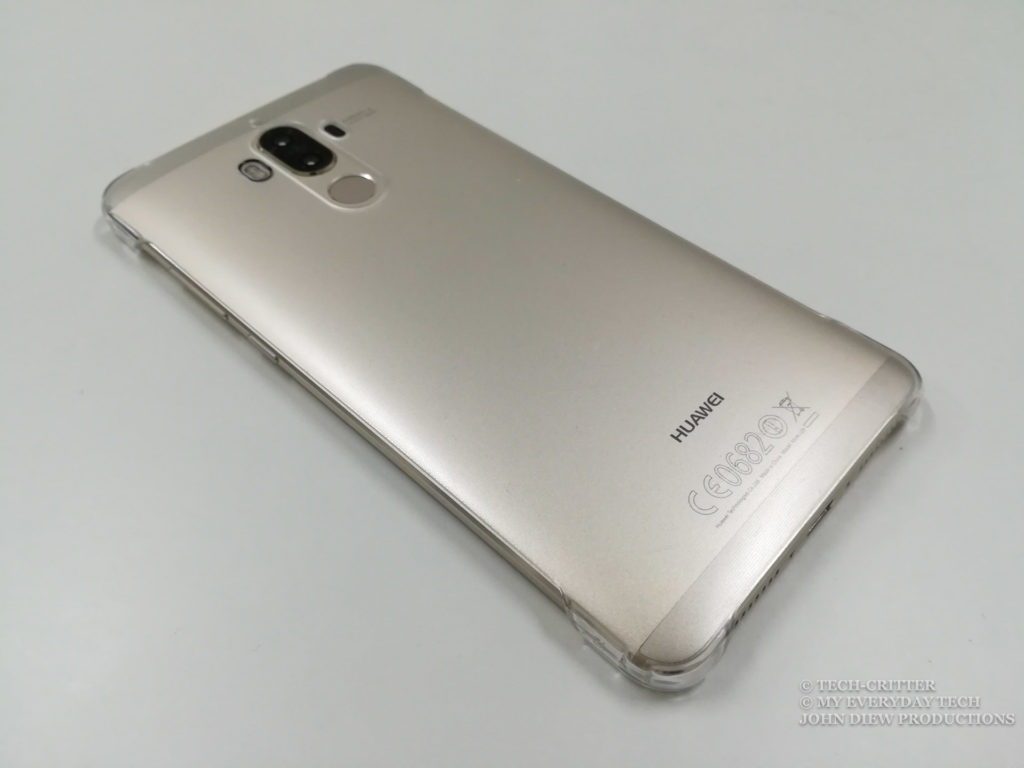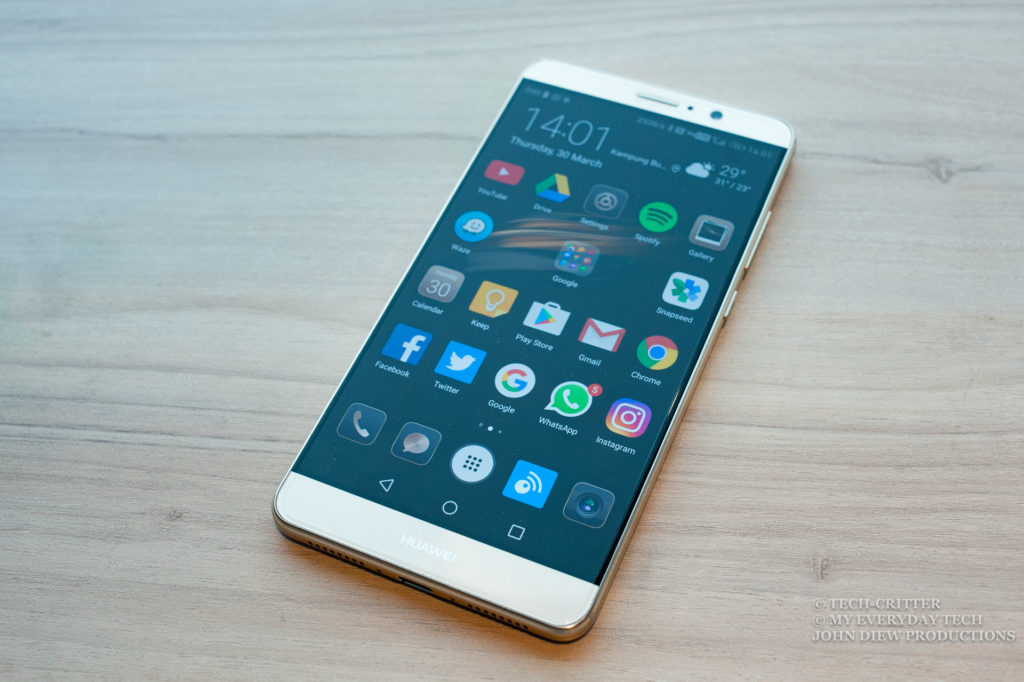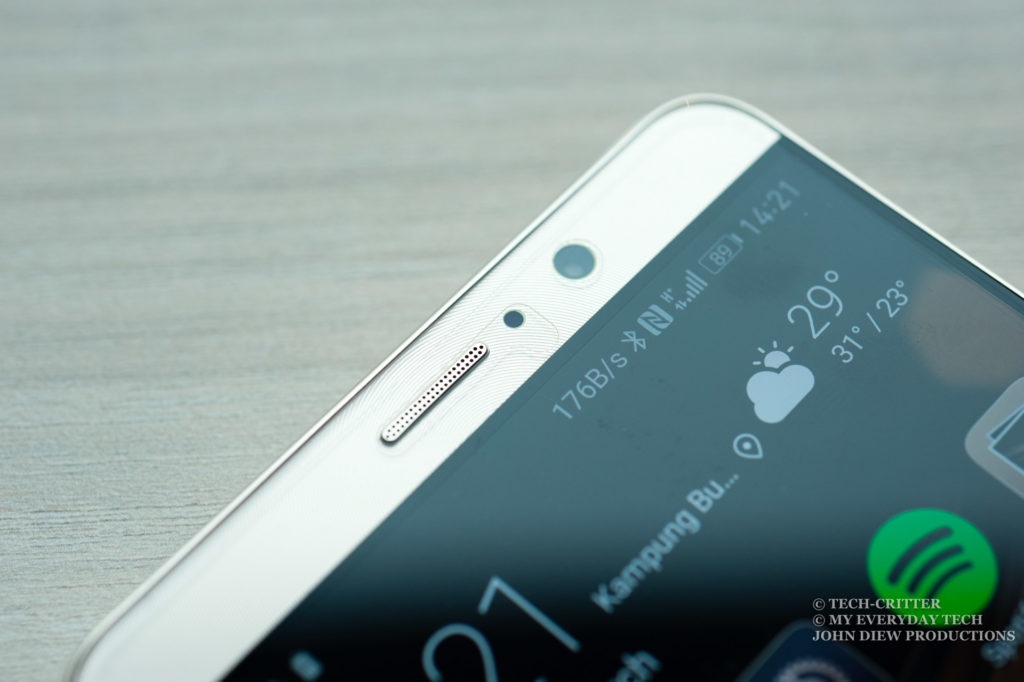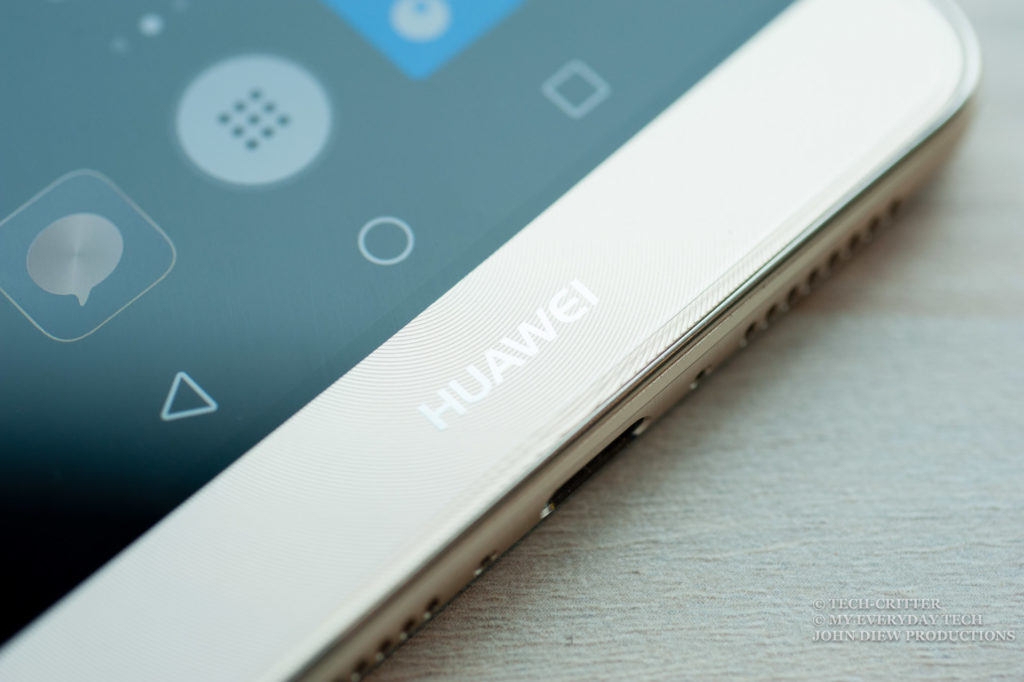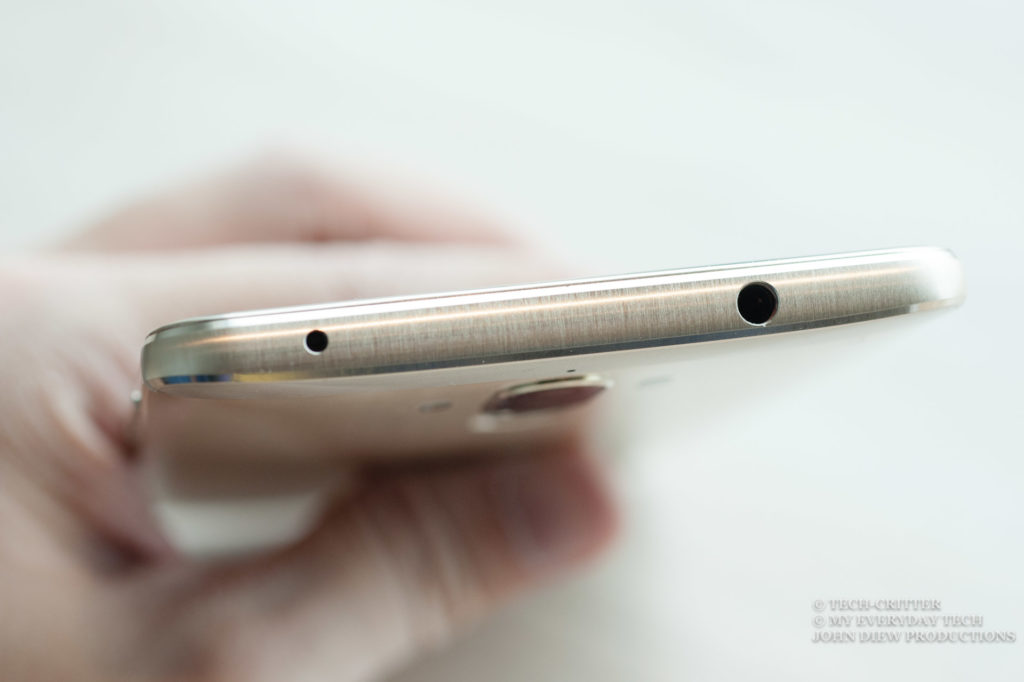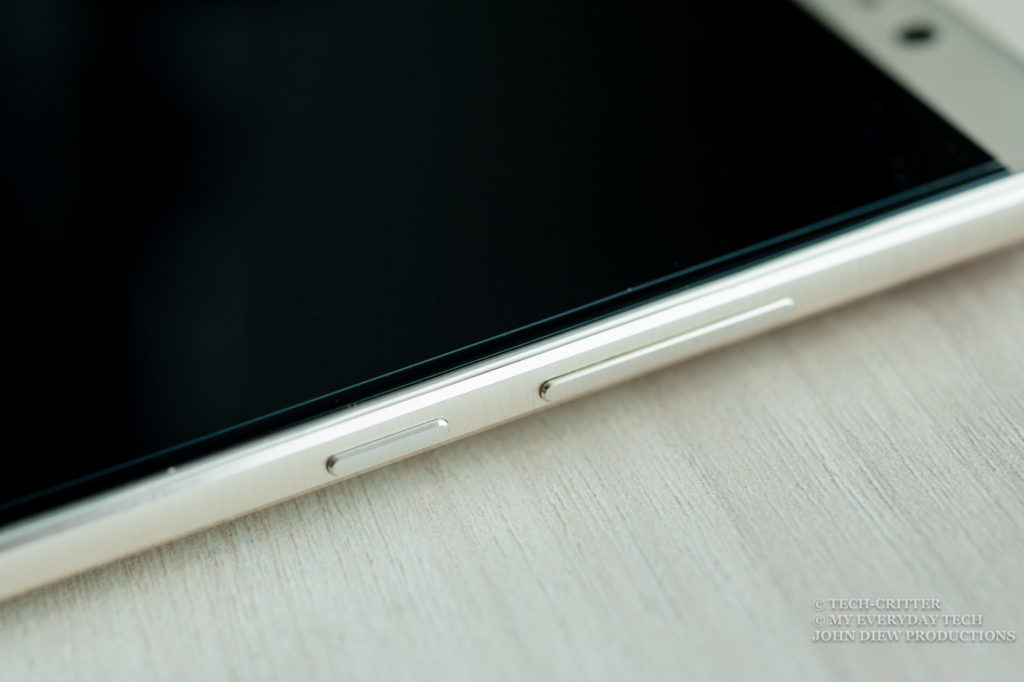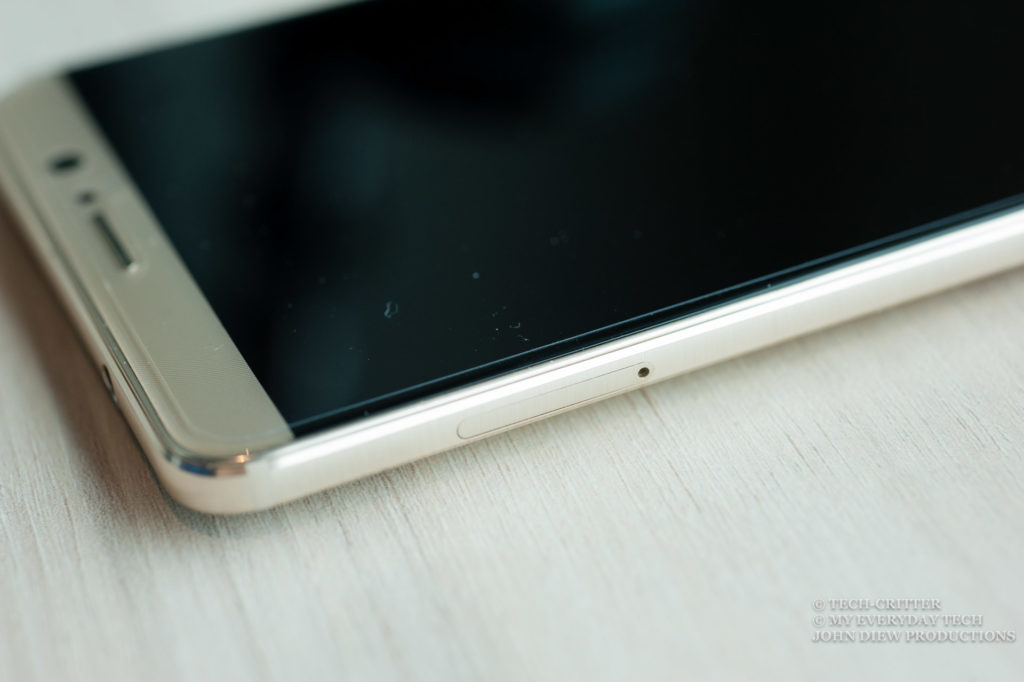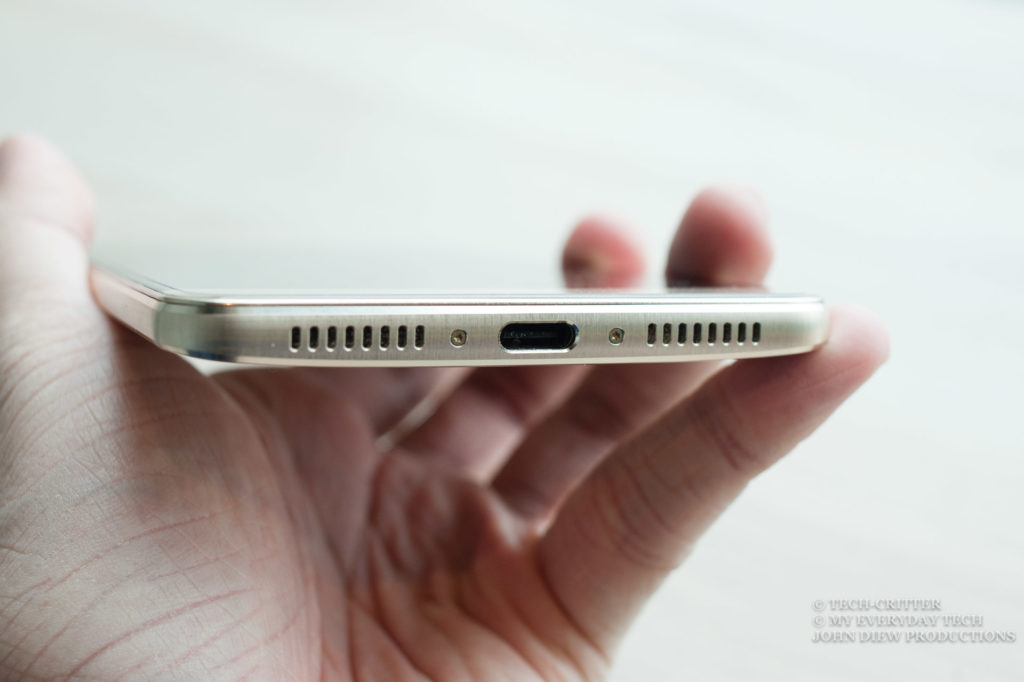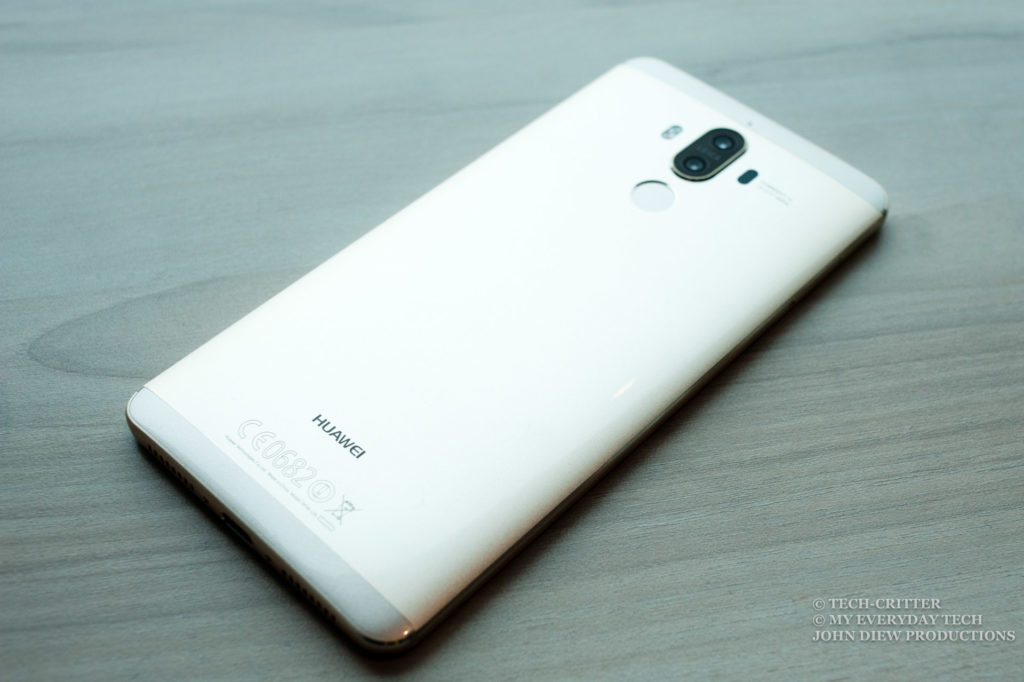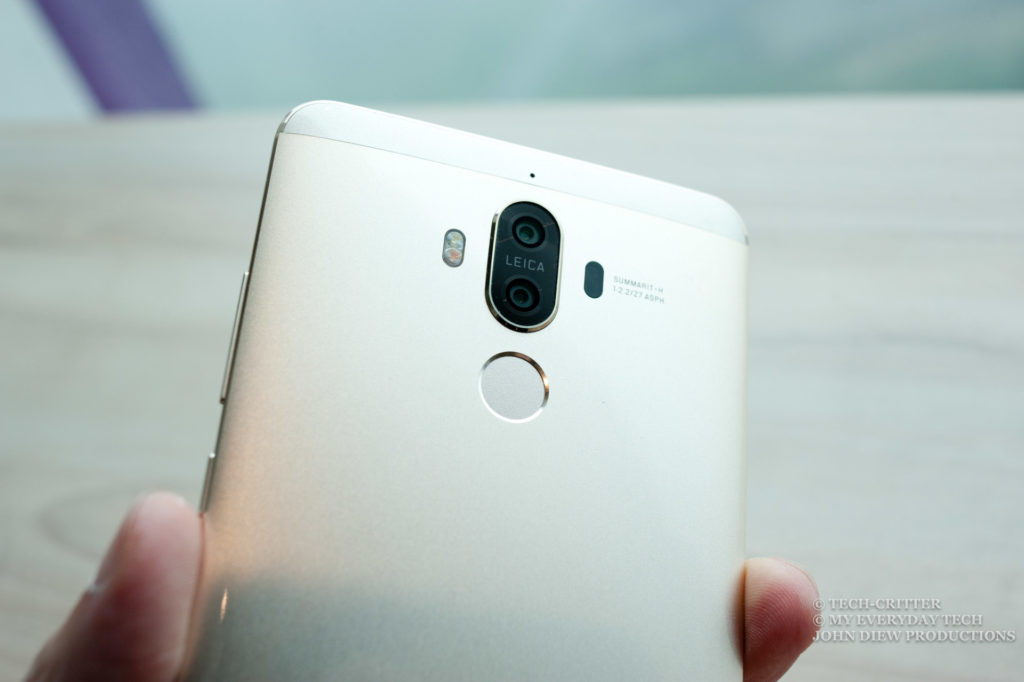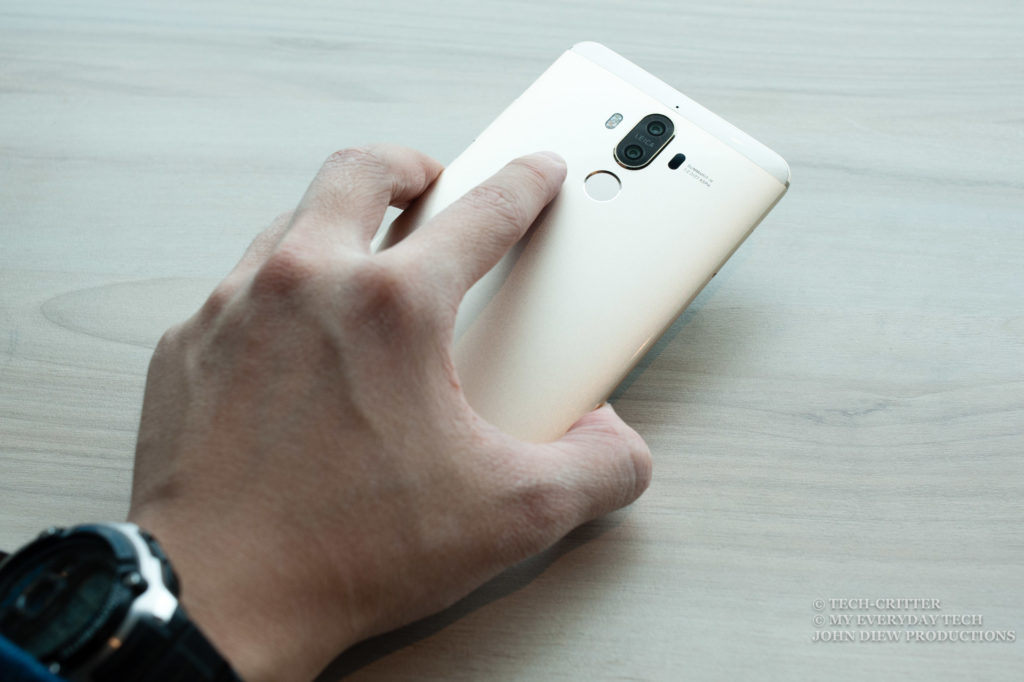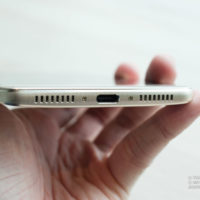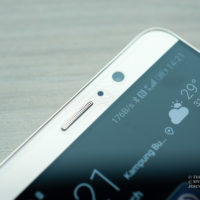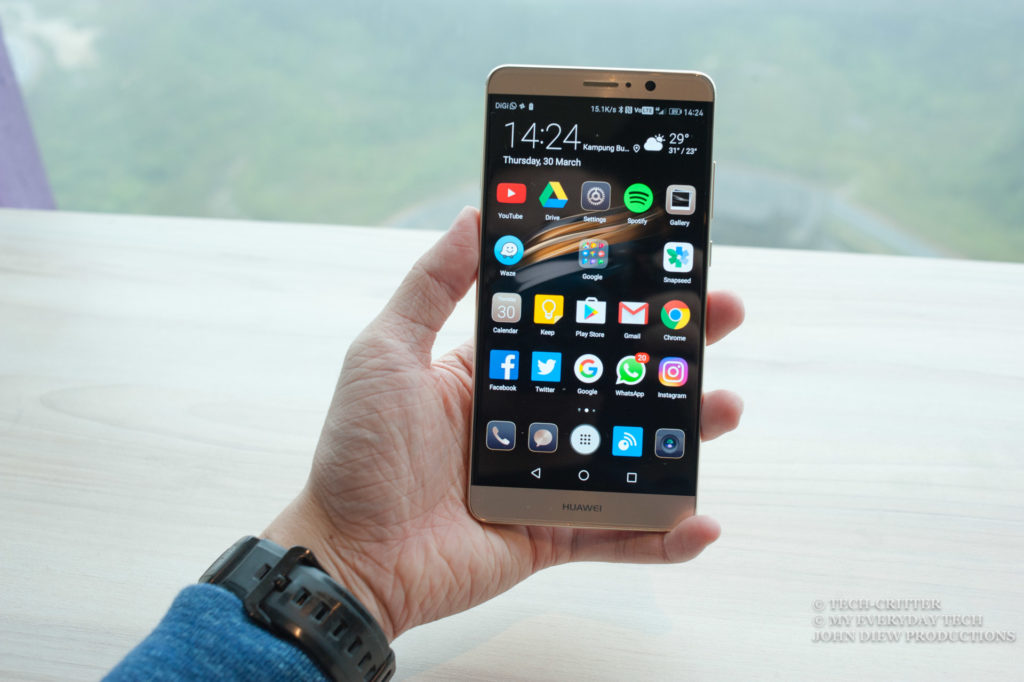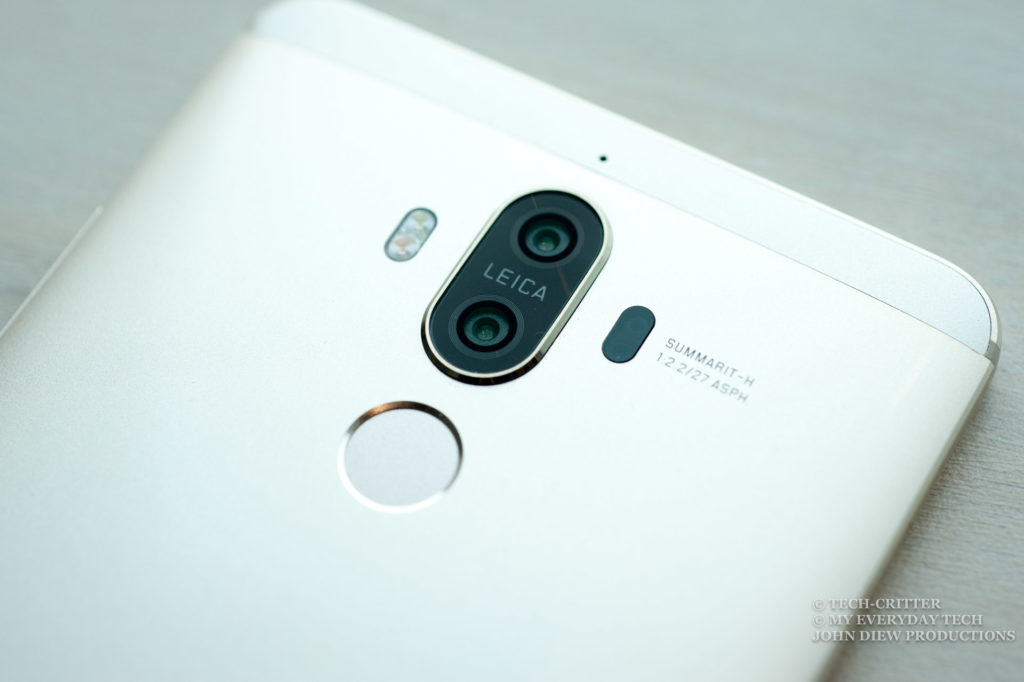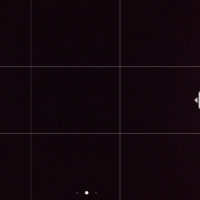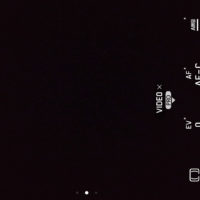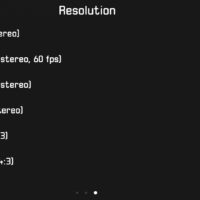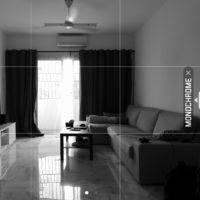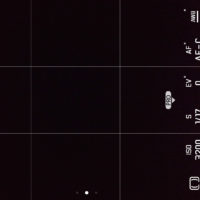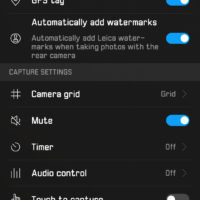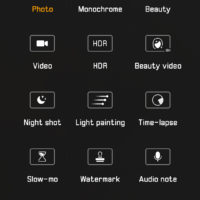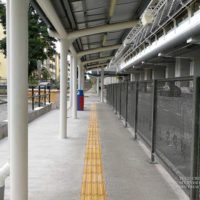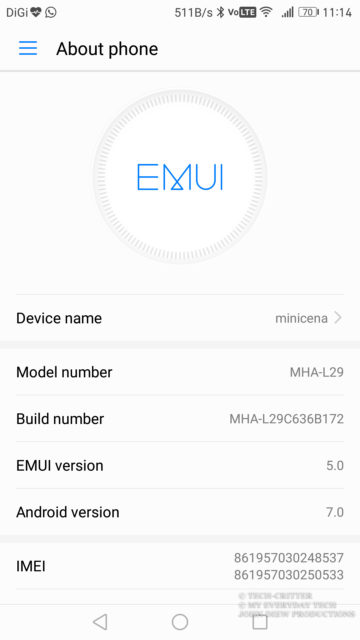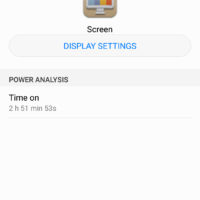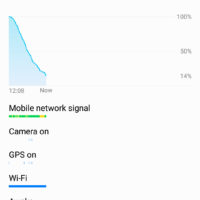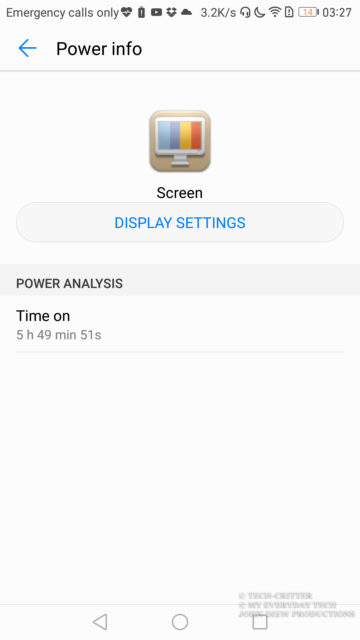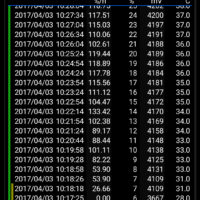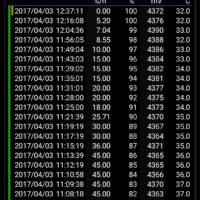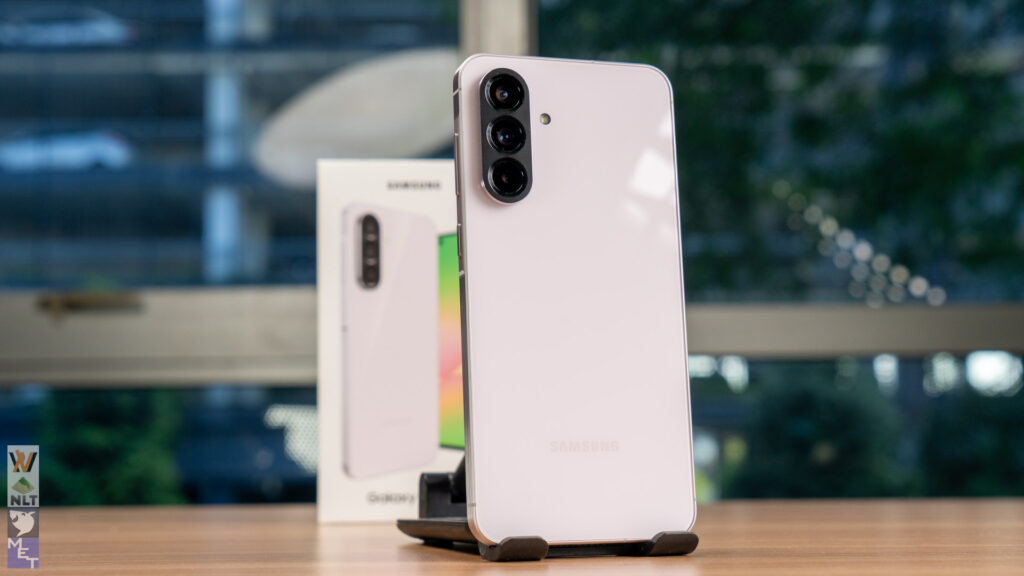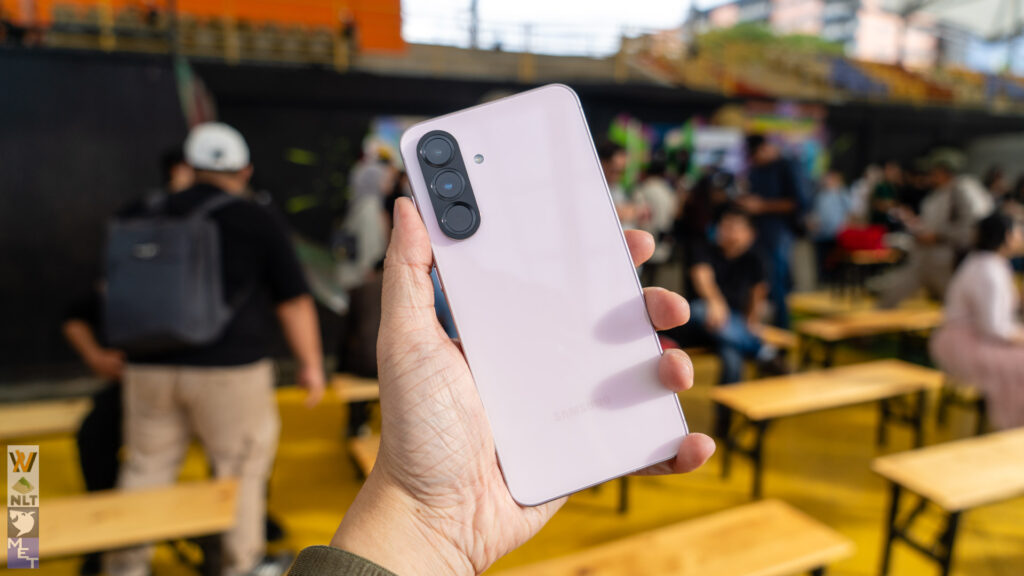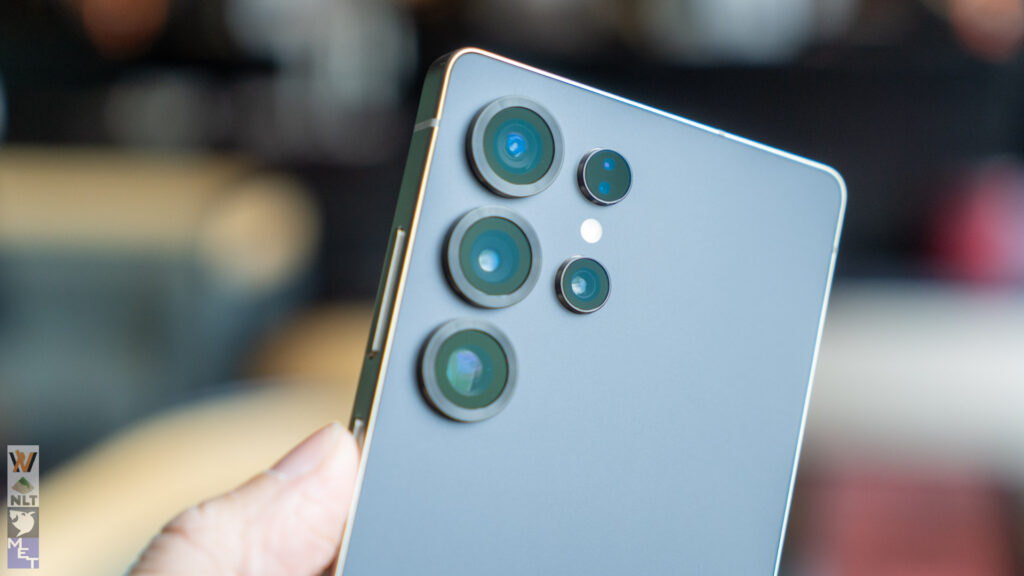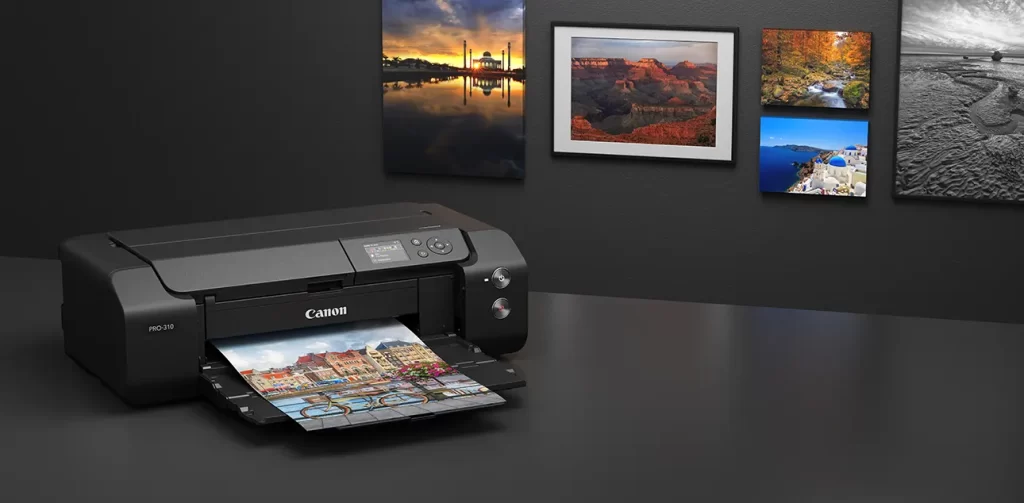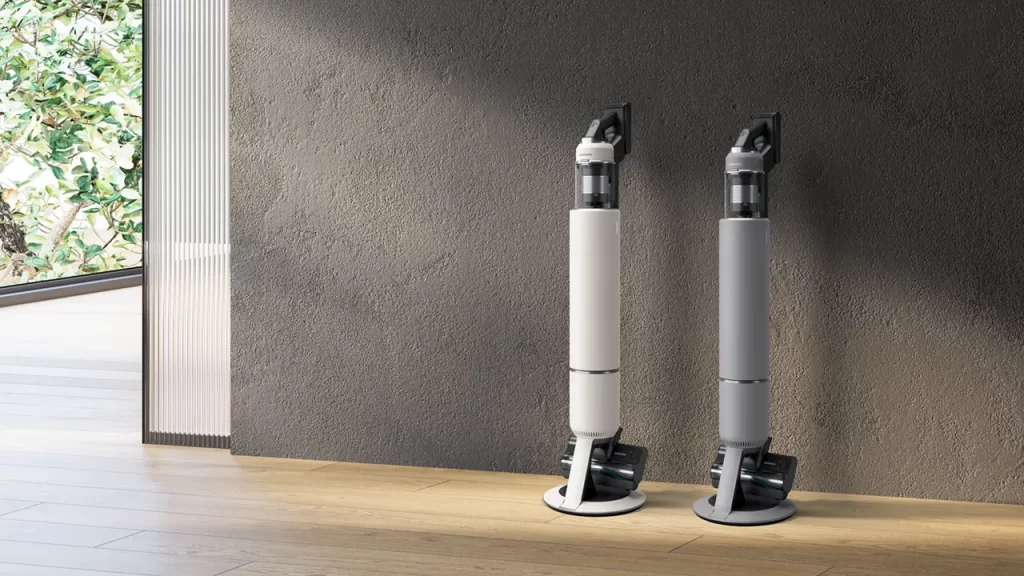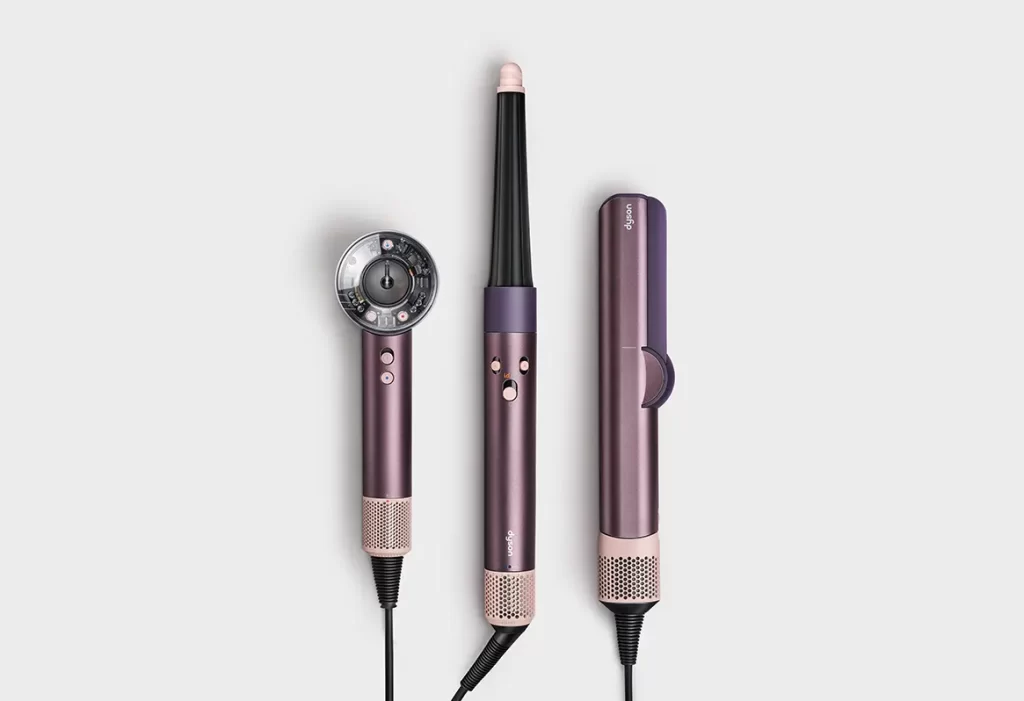Huawei Mate 9 Review: The Business Class Android Smartphone
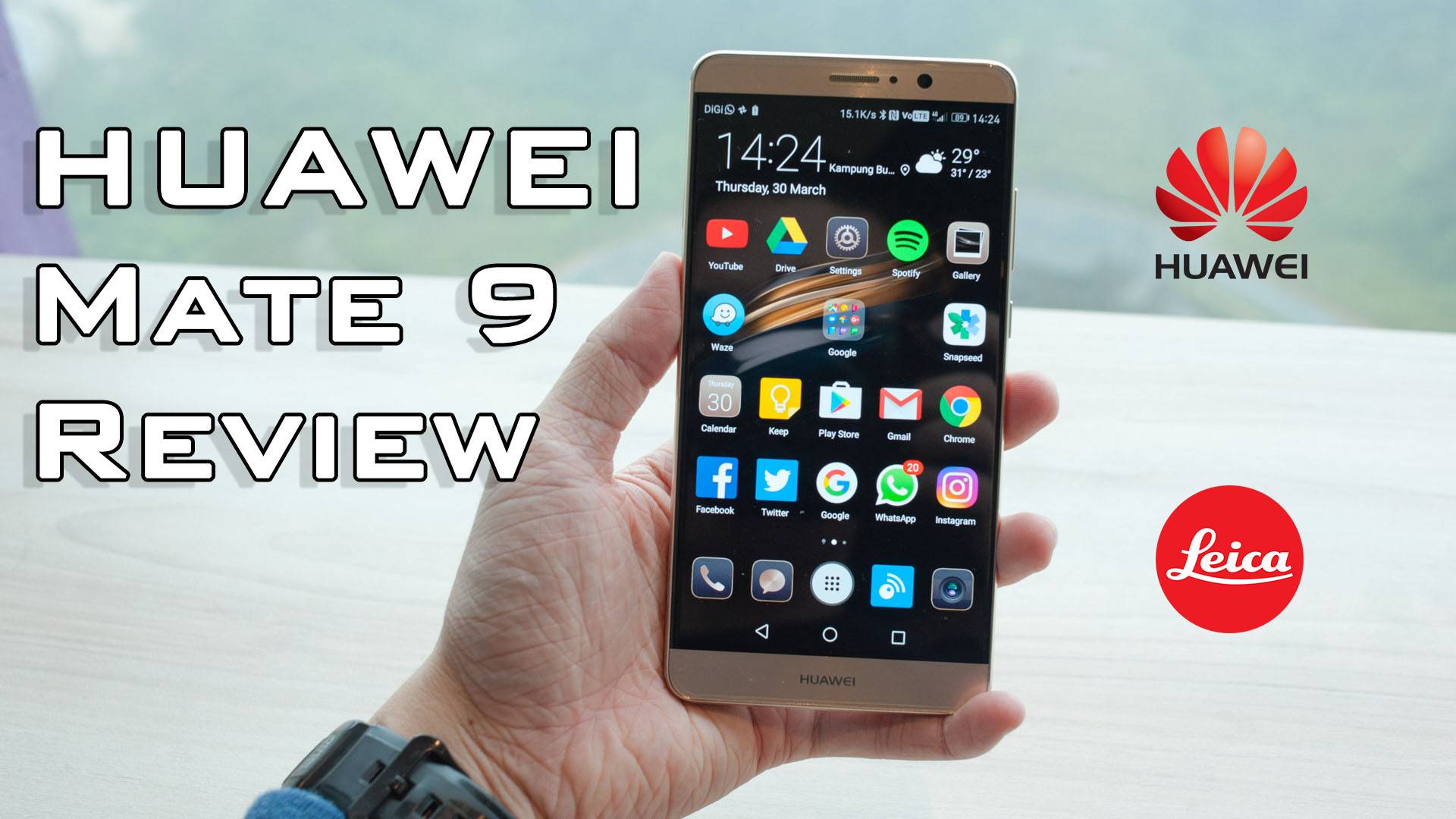
Huawei Mate 9
RM 2699Pros
- Excellent built quality
- Excellent accessories package
- Accurate and fast fingerprint scanner
- Good 5.9-inch FHD 1080p IPS display
- Excellent rear camera
- Excellent performance
- Great battery life
- Fast charging
Cons
- Buggy & battery drain machine learning algorithm
- Proprietary fast charge technology
Smartphone brands invest in top-of-the-line flagship smartphones in order to showcase what they can achieve in combining great design with the latest technology. Huawei’s Mate series fell exactly in the flagship category for the company, striving to bring the best design, large display and long battery life to the consumers. The 2015’s Huawei’s Mate 8 has successfully gained the market’s attention for its great performance and long lasting 4000 mAh battery. As the successor, the brand new Huawei Mate 9 is set to bring the phablet experience to another level with its improved performance and camera capabilities.
However, there’s more than one Mate 9 being released this time. Huawei also released the Huawei Mate 9 Pro as well as a limited edition Porche Design Mate 9, both sharing a slightly smaller 5.5-inch curved AMOLED display, apart from the standard variant Mate 9 we have here today. Read on to find out how does this phablet fares against our day to day usage.
Huawei Mate 9 Specifications Overview
| Huawei Mate 9 | Huawei Mate 9 Pro | Porche Design Huawei Mate 9 | |
| CPU & GPU | HiSilicon Kirin 960 4 x A73 @ 2.4 GHz 4 x A53 @ 1.8 GHz Mali-G71 MP8 @ 1037 MHz | HiSilicon Kirin 960 4 x A73 @ 2.4 GHz 4 x A53 @ 1.8 GHz Mali-G71 MP8 @ 1037 MHz | HiSilicon Kirin 960 4 x A73 @ 2.4 GHz 4 x A53 @ 1.8 GHz Mali-G71 MP8 @ 1037 MHz |
| RAM | 4 GB | 4 GB | 4 GB |
| Storage | 64 GB (UFS 2.1) supporting MicroSD up to 256 GB (occupies SIM slot 2) | 128 GB (UFS 2.1) supporting MicroSD up to 256 GB (occupies SIM slot 2) | 256 GB (UFS 2.1) supporting MicroSD up to 256 GB (occupies SIM slot 2) |
| Display | 5.9-inch 1920 x 1080 IPS LCD | 5.5-inch 2560 x 1440 AMOLED Curved edges | 5.5-inch 2560 x 1440 AMOLED Curved edges |
| Camera (rear) | Dual 20 MP + 12 MP f/2.2 aperture Sony IMX286 EXMOR RS Phase Detection AF + Contrast AF + Laser AF + Depth AF Dual tone LED flash Optical Image Stabilisation 2x Hybrid Zoom 4K video recording | Dual 20 MP + 12 MP f/2.2 aperture Sony IMX286 EXMOR RS Phase Detection AF + Contrast AF + Laser AF + Depth AF Dual tone LED flash Optical Image Stabilisation 2x Hybrid Zoom 4K video recording | Dual 20 MP + 12 MP f/2.2 aperture Sony IMX286 EXMOR RS Phase Detection AF + Contrast AF + Laser AF + Depth AF Dual tone LED flash Optical Image Stabilisation 2x Hybrid Zoom 4K video recording |
| Camera (front) | 8 MP f/1.9 aperture Sony IMX179 EXMOR R Contrast AF | 8 MP f/1.9 aperture Sony IMX179 EXMOR R Contrast AF | 8 MP f/1.9 aperture Sony IMX179 EXMOR R Contrast AF |
| Battery | Non-removable 4000 mAh Li-Po | Non-removable 4000 mAh Li-Po | Non-removable 4000 mAh Li-Po |
| Operating System | EMUI 5.0 Android 7.0 Nougat | EMUI 5.0 Android 7.0 Nougat | EMUI 5.0 Android 7.0 Nougat |
| SIM | Hybrid dual SIM (Nano) | Hybrid dual SIM (Nano) | Hybrid dual SIM (Nano) |
| Connectivity | GSM / HSPA / LTE Wi-Fi 802.11 a/b/g/n/ac, Dual Band Bluetooth 4.2, A2DP GPS with A-GPS, GLONASS, BDS, GALILEO | GSM / HSPA / LTE Wi-Fi 802.11 a/b/g/n/ac, Dual Band Bluetooth 4.2, A2DP GPS with A-GPS, GLONASS, BDS, GALILEO | GSM / HSPA / LTE Wi-Fi 802.11 a/b/g/n/ac, Dual Band Bluetooth 4.2, A2DP GPS with A-GPS, GLONASS, BDS, GALILEO |
Packaging & Accessories
One word to describe the unboxing experience of Huawei Mate 9 – Classy. From the moment you lift up the cover, to picking up every single included accessory, the whole process is one of its kind. Accessories are properly distributed and packaged into different well-labelled boxes, even the user manual is packed in a high-quality plastic along with the included transparent phone cover.
Huawei also included their proprietary fast charging adapter – Huawei SuperCharge, in the package. They also thoughtfully included a Micro USB to USB-C adapter as well. Now you can use your old Micro USB cables especially the one that comes with your power bank to charge the phone. Just keep in mind that the Huawei SuperCharge will only work if you’re using the original USB-C cable.
Transparent phone cover attached and I absolutely love this kind of minimalist phone covers. The frosted transparent TPU case other than being able to showcase the overall beautiful design of the phone, it leaves the sides open for the feel of holding a high-quality metal phone.
Build Quality & Design
When I first pick up the phone, I am amazed that Huawei manages to fit in a 5.9-inch display in a device with such a small footprint. Especially before this, I was handling the OPPO R9s Plus which has a 6.0-inch display, the Huawei Mate 9 however, felt a lot smaller and better on the hands.
Beside the earpiece lies the sensors (proximity and ambient light). Obviously, the other one is the 8 MP f/1.9 front-facing camera.
By the way, the earpiece also doubles as the second speaker that responsible for outputting the trebles. More onto that at the audio section of this review.
The “chin” is reasonably well proportioned without having the feeling of having overly thick bezels.
At the top, we can find the IR blaster, so that your phone would replace your air-conditioner or TV remotes. The 3.5 mm audio jack is located at the top as well.
Power and volume buttons at the right.
The hybrid SIM slot at the left. I wish Huawei could move on to support dual SIM and Micro SD card at the same time, else the users have to either choose to have dual SIM or single SIM with Micro SD card.
USB Type-C port at the bottom of the phone which supports Huawei’s proprietary fast charge technology – Huawei SuperCharge.
Although there are 2 speaker grills at the bottom, however, the real speaker is actually located at the right grill. Meanwhile, the left grill houses the microphone. The edges of all the openings are chamfered and polished well.
The design of the phone is clean and professional with the rounded and curved back. This particular model we have here is the champagne gold version and it has polished surface finish. It also comes in 4 other different colours – Arctic White, Gray, Mocha Brown and Moonlight Silver.
The phone felt great in the hands but as a phablet, it is almost impossible to use the phone single-handedly, at least for my case.
The camera module is the Huawei’s second generation Leica Dual Camera with Leica SUMMARIT-H f/2.2 aperture lens. The dual tone flash and laser autofocus assist module are located at the left and right of the camera module.
The rear-mounted fingerprint scanner is located below the camera while the tiny little hole at the top is the secondary microphone for noise cancelling.
The fingerprint scanner is well positioned and easily reached with the index finger. Some prefer the front mounted fingerprint scanners as they can unlock the phone without having to pick up the phone from the table. Hence, this is a subjective debate.
Sound
In case you don’t know, the Huawei Mate 9 do come with dual speakers, but they are different from the standard stereo speakers. The bottom speaker mainly outputs the lower frequencies while the earpiece responsible for the higher frequency sounds. In this configuration, the produced sound has more frequency range.
If you’re extremely sensitive to sound, of course, you will notice the slight imbalance in the stereo experience when you’re using the phone in landscape. For the obvious reason, they have different speakers at the left and right. Nevertheless, the system will cleverly adjust both speakers so that they balances out the sound output especially when you’re using the phone in landscape mode.
My multimedia consumption experience is excellent with the phone. The speakers sound great no matter in portrait mode or landscape mode and I absolutely appreciate the added frequency range for an added audio band coverage.
Display
First thing first, you must be asking why Huawei still putting a 1920×1080 Full HD display on a 5.9-inch flagship phablet. Shouldn’t it be at least 2560×1440 Quad HD?
Yes, it is a little bit of disappointing for knowing that Huawei reserved the higher end 2560×1440 AMOLED display to the Huawei Mate 9 Pro and Porsche Design Mate 9, but mind you that the AMOLED PenTile panels have smaller sub-pixel density, hence require higher pixel count to compensate. Seriously, I don’t think it is a big issue here because the IPS 1080p display still works wonders with its pixel density of 373 PPI. The viewing angle is awesome with accurate colour reproduction.
Just that Huawei might face some challenge at trying to sell to a customer who always looks for the highest number. “More is always better”, which doesn’t always apply.
Camera
Rear camera
Moving on to the camera at the back. The second generation Leica Dual Camera has upgraded the monochrome sensor’s megapixel count from 12 MP to 20 MP. The new camera module now has optical image stabilisation (OIS). The lens elements likely remain the same with its SUMMARIT-H f/2.2 27mm lens.
The camera app has largely remained the same with its comprehensive packed features yet simple to use. There are various camera modes that are ready to accommodate your photography needs. Even the video mode comes with the professional mode for better control over your preferred outcome.
Rear camera gallery:
In auto mode, the white balance and exposure control are performing surprisingly accurate and true to life. For a smartphone camera with f/2.2 aperture lens, snapping low light photos can be a challenge because the camera need to bump up the ISO sensitivity. But even for the same low light shots, the ISO noise is considerably lower than its competitor’s smartphone with f/1.7 aperture, which is a great surprise.
Best of all is the monochrome mode. Unlike any B&W filters that emulate the black and white photography, in Leica Dual Camera, we actually have the chance to use the monochrome sensor to produce genuinely and contrasty black and white looks.
Front Camera
The front camera gets the 8 MP shooter with brighter f/1.9 aperture.
The brighter aperture is to compensate the slightly smaller camera sensor in terms of light gathering. Low light selfies can be a challenge, just like any other smartphones.
Software & Features
The Huawei Mate 9 is the first Huawei smartphone to ship with EMUI 5.0 with Android 7.0 Nougat. Other than upgrading from Marshmallow to Nougat, it also features a major visual overhaul with an extended functionalities upgrade.
During earlier days, I had a love and hate relationship with EMUI. I love it for its extremely well balanced in terms of performance, usability, and features. I hate it for it tries to mimic iOS and straying off from Android. Hence, the EMUI 5.0 overhaul has brought a smile to my face for the following reasons:
- Visual overhaul. Huawei upgrades the overall interface including the system apps and the design language is now getting closer to Google’s guidelines.
- App drawer. We now can choose whether to display all the apps on the desktop (palmtop) ala iOS style or have an app drawer.
- Notification shade upgrade. Notification shade and quick settings now live on the same page just like how Android 7.0 works.
- Machine Learning Algorithm. Last but not least, Huawei implemented a special algorithm that studies the user behaviour and caters the phone performance in order to improve the overall user experience in using the phone. The MLA is designed to properly allocate the CPU, RAM and storage based on your actions and habits so that next time your favourite apps or files will launch much faster.
Then, there are some things that I don’t really fancy of. For example, the new MLA requires 2 weeks to learn the user’s behaviour and battery life is certainly affected during that period. We have reached to Huawei to comment on this and they have clarified that they will revise the impact of MLA to battery life in near future updates.
Performance
The new Kirin 960 chipset is extremely powerful from the result of the benchmark. It is an overhaul if we compare it to the Kirin 955 on the Huawei P9 Plus, with the most obvious improvement in the GPU department.
Real life usage, the combination of Kirin 960 chipset and 4 GB RAM is plenty for your day to day usage. It handles various heavy duty apps such as photo editing and gaming relatively well and smooth. From what I observed is that the improvement on the GPU is amazing. The Kirin 955’s Mali-T880 MP4 is a joke compared to the Kirin 960’s Mali-G71 MP8.
Battery Life
Like I previously mentioned, the battery life for the first 2 weeks has taken a hit because of the MLA running in the background to learn the user behaviour. 11 hours of run time and 3 hours of SOT is unacceptable for a phone with 4,000 mAh battery capacity.
Then after 2 weeks of usage, the battery life has improved up to 5 hours of SOT. That, however, I barely felt any improvement brought by the MLA. I mean after 2 weeks of learning my usage behaviour it should at least show some improvement right? So that I can at least justify the need of MLA.
I personally think that MLA is not required for high-end devices like the Mate 9 because the processor and storage speed are already so fast that users barely can enjoy the benefit of MLA. Furthermore, the implementation of the algorithm actually affects the battery life for the first 2 weeks. I certainly hope that Huawei allows users to decide whether they want to have this feature or not.
The Huawei SuperCharge charging speed as you can see from the above image, it only takes:
- around 60 minutes to charge from 6% to 90%
- around 60 minutes to charge from 90% to 100%
This is absolutely normal because the charging rate drops at the 90% range in order to prevent the battery from heating up and ends up in a fiery ball. Imagine a train need to slow down before reaching the station right? You don’t want your phone to act as a C4.
Combining fast charging with large battery capacity and power efficient chipset, that results in us spending lesser time plugged in, more time to work & play.
Conclusion
And all those lead us to the conclusion. The Huawei Mate 9 is a major upgrade over all their previous smartphones. It comes with the newer Kirin 960 chipset with a properly powerful GPU, Leica Dual Camera 2.0 and EMUI 5.0 with Android 7.0 Nougat, just to name a few. Throughout my review period, I am absolutely thrilled with all my findings in the phone itself. I have to admit that I’m quite familiar with Huawei’s devices but it has been so long that I’m so excited over discovering the new offerings in the Huawei Mate 9.
This phone is suitable for you if you’re looking for a phone with:
- Large display (5.9-inch).
- Responsive camera with excellent image quality.
- Excellent performance for work, social media and games.
- Whole day battery life with fast charge.
- Paying RM 2699 for all the above advantages.

